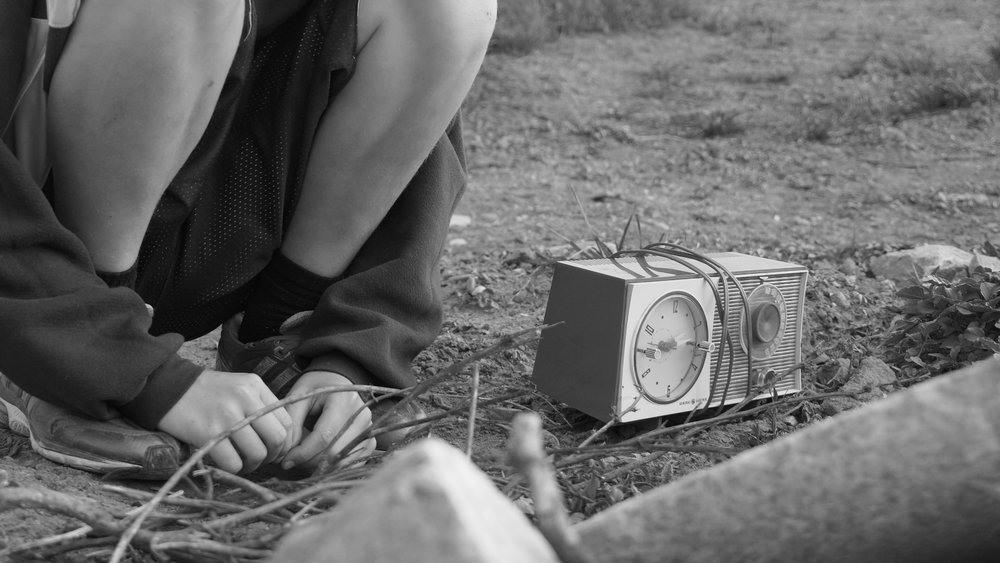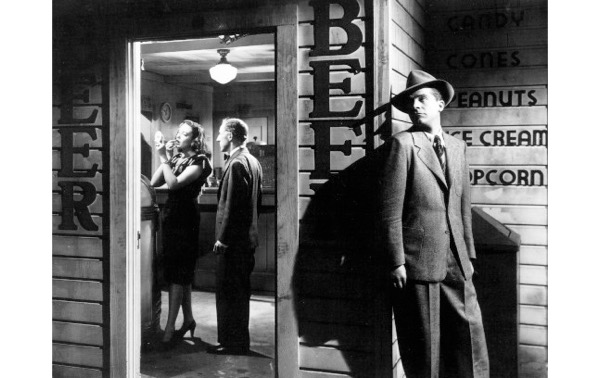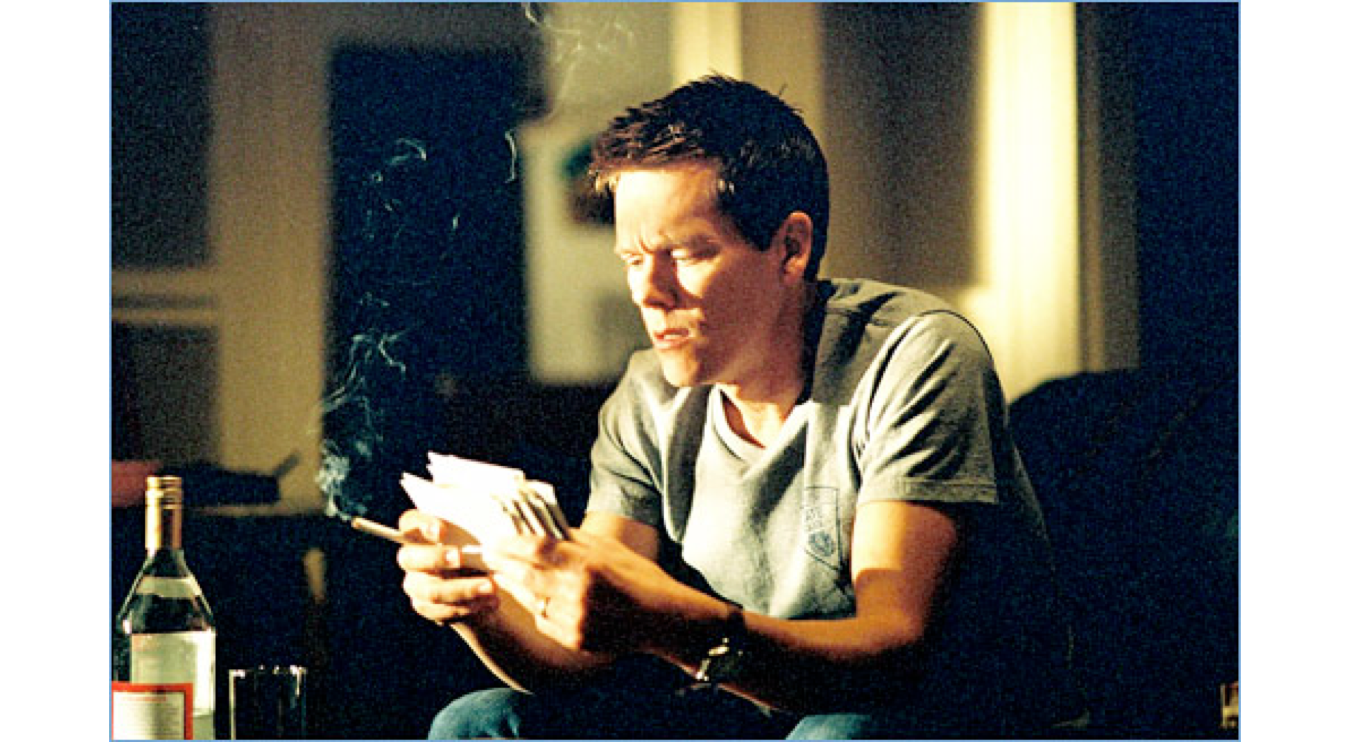Low-Key Lighting
The above stills are all scenes from Citizen Kane, a film shot primarily with low-key or high contrast lighting. Ratios for low-key tend to be 8:1 or even higher.
And You guessed it! You find low-key lighting on sunny days
Above is a still from the Noir masterpiece: Sunset Blvd. The direct lighting creates a high contrast lighting scenario with strong highlights and harsh shadows.
Diffused light bounces off rough surfaces like clouds or equipment like umbrellas or silks. Hard light found in low-key lighting scenarios comes directly from sunlight or from spotlights that have specular surfaces inside the structure of the light. Note: shiny surfaces created hard light and rougher surfaces make light more diffuse or soft.
“Film noir is . . .
1. A French term meaning “black film,” or film of the night, inspired by the Series Noir, a line of cheap paperbacks that translated hard-boiled American crime authors and found a popular audience in France.
2. A movie which at no time misleads you into thinking there is going to be a happy ending.
3. Locations that reek of the night, of shadows, of alleys, of the back doors of fancy places, of apartment buildings with a high turnover rate, of taxi drivers and bartenders who have seen it all.”
Below find a scene from one of my favorite films: The Third Man Cinematography by Robert Krasker
Low-key lighting can even just consist of something simple like a headlights on a road (or likely a spot light meant to look like headlights)
Below find my favorite modern day Noir moment:
Spooky right?
Here's the deal: contrast with low-key lighting doesn't have to be created with art direction--the light creates it.
If you look here to find your 0-10% white values, they are coming from highlights created by harsh light sources. The blacks are created with the shadows that are also created by harsh light. The abrupt change from light to dark is called fast falloff. (conversely the shadows created by soft light have slow falloff.
One of the reasons why high-contrast lighting scenarios look so dark is because the strength of light source. When aiming a spot on a subject's face a cinematographer will have to stop down to avoid overexposing and as a result the shadows get darker.
Note: Noir doesn't always have to be in black and white. The above still is from Mystic River (2003) Tom Stern DP. If you imagine the scene in grayscale you can likely find the full contrast and it will be coming primarily from the lighting design.
Above, the light is meant to look naturalistic like late afternoon sunlight coming through a window. Still low key, with the highlights and shadows created primarily through lighting design.






